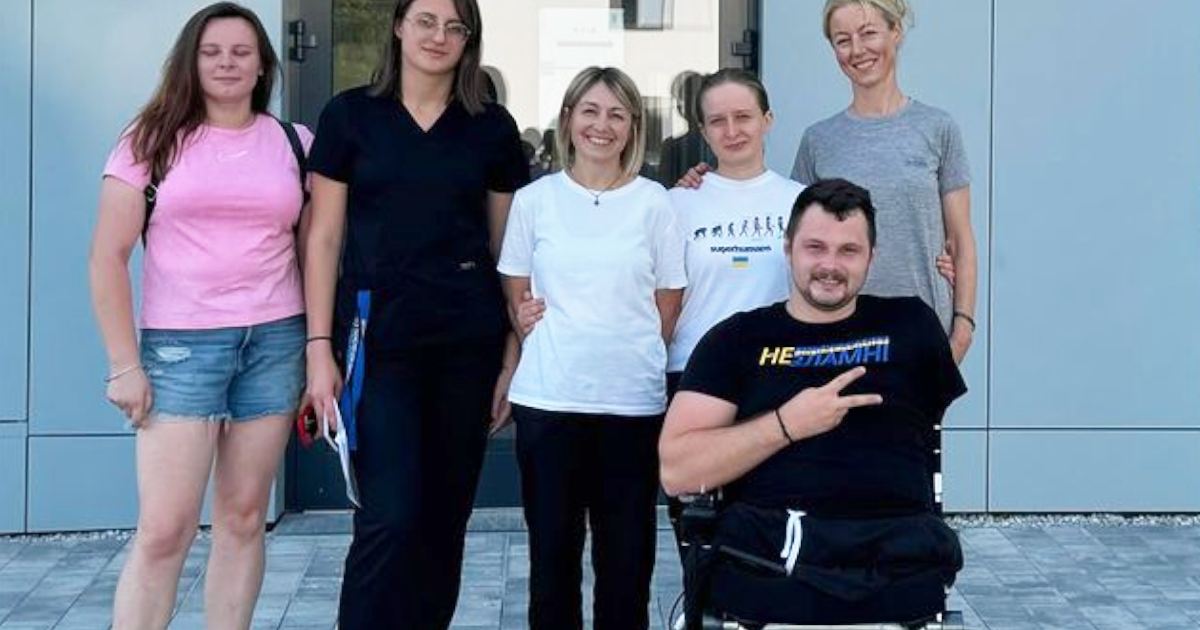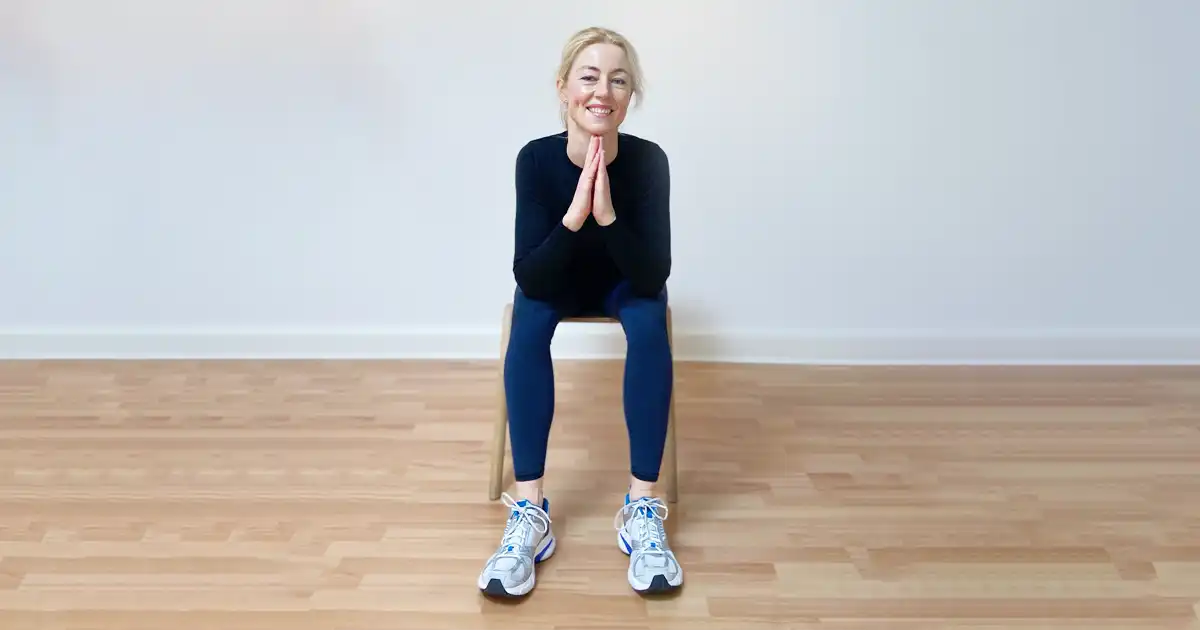At first it looked like a depressed woman in her 50s walked through the door, but she looked healthy – she actually looked strong. Muscular, lithe and moving well, with the right balance of control and flexibility. One has a keen eye for that sort of thing after 18 years of working in specialised training for other people.
Why did this healthy, strong woman just walk through the door at my work? And why was she clearly so sad?

I quickly got the answer.
She came from the doctor who had told her she had arthritis.
Full stop.
“You have arthritis, and you can now receive government funding for arthritis training with other arthritis sufferers, and you get a prescription for anti-inflammatory medication and medication for ulcers, because you’re likely to get ulcers from all the anti-inflammatory medication.”
“I went in to the doctor because of tension and discomfort in my hip, but otherwise I’m doing great and training up for a competitive 5K race, but I left the doctor’s office sick again … well, as a ‘patient’.”
She had tears in her eyes.
She had told the doctor that she was already physically active, that as a former sports athlete she knew a lot about training and about the body, and that she preferred to train on her own, but of course according to some prescriptions that suited the diagnosis.
But this did not immediately interest the doctor, who simply repeated that the public offer of arthritis training and the medication were the only thing to do.
She had guiltily picked up the medication at the pharmacy and signed up for the training offer, but it turned out that the part of the training she had to pay for herself was more expensive than the training she was already attending.
She decided to seek out someone who could tell her how to train herself, and so she came through the door at my facility.
I have seen this phenomenon play out hundreds of times.
That a diagnosis of osteoporosis (brittle bones), scoliosis (twisted back), arthritis and other inflammatory syndromes paralyzes otherwise strong people from taking care of themselves.
I think that’s a shame, because it’s precisely the strong people who can take the pressure off the system by taking care of themselves, thereby making more room for those who can’t.
If this sounds like you, but you dont know where to start on your journey of dealing with a similar diagnoses, then try the Neuromuscular Workout method – either online or in-person – and take control of your physical story.





